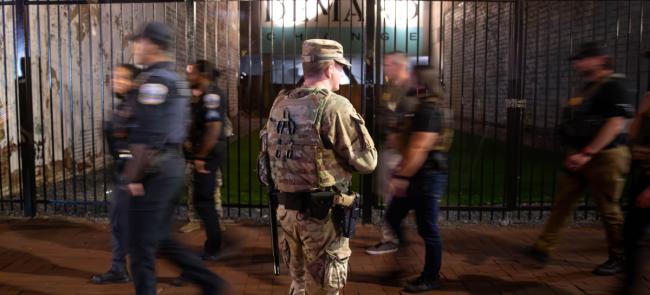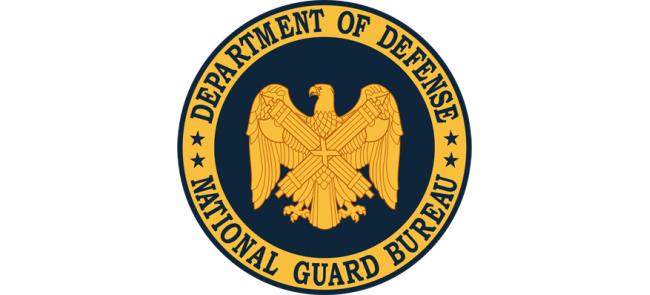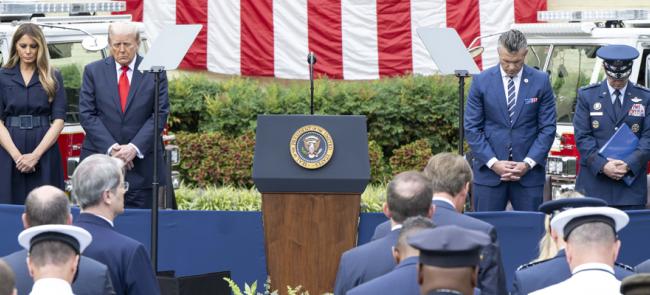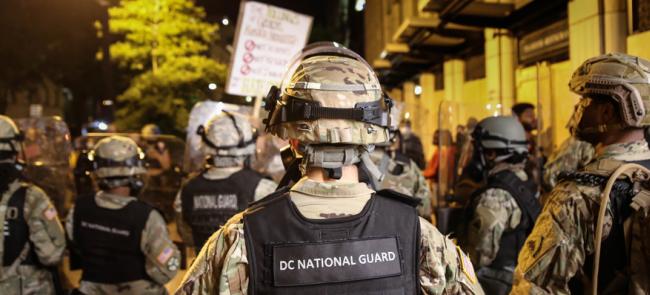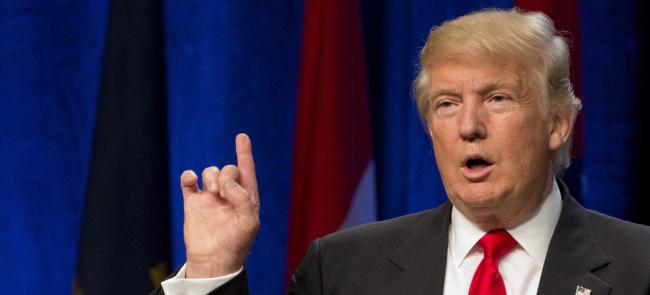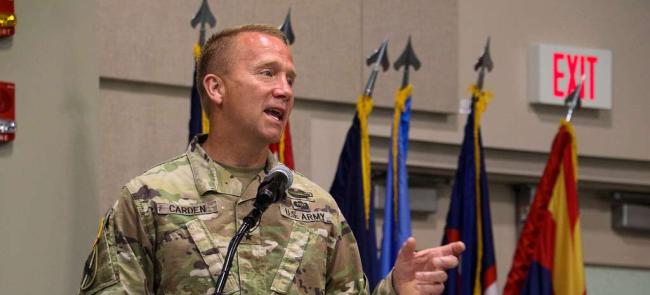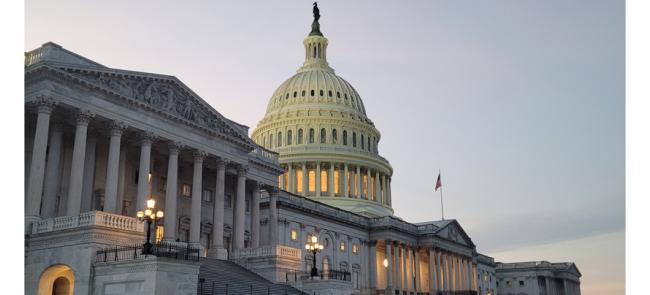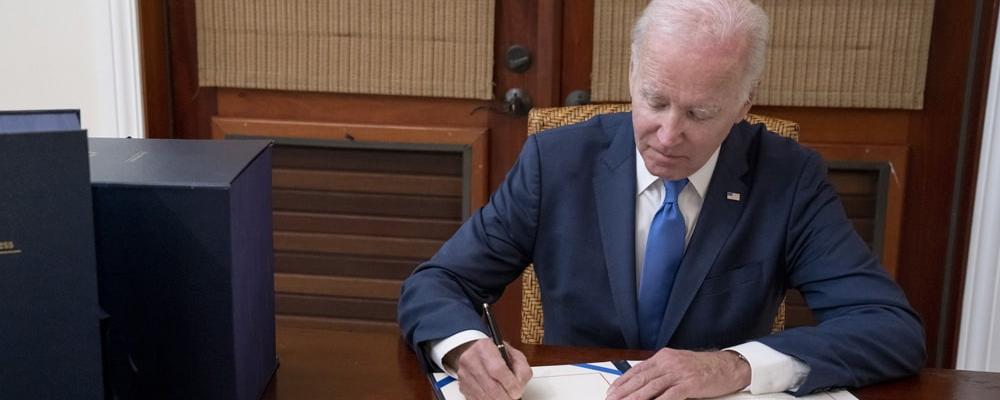
President Joe Biden signed the fiscal 2023 defense policy bill Dec. 23 and the fiscal 2023 omnibus appropriations bill Dec. 29.
The signings provide the U.S. military with its budget through Sept. 30 and the authorization to execute it.
The defense bill's top line is $858 billion, a roughly 9% increase from fiscal 2022 and $45 billion more than the White House requested in its defense budget proposal.
The omnibus also has $772.5 billion for nondefense discretionary programs, including $118.7 billion — a 22% increase — for Department of Veterans Affairs medical care.
The National Guard greatly benefitted from the extra defense funding.
At the request of NGAUS, Congress added billions of dollars for Guard equipment not included in the president’s budget request. The additions include:
- $1.7 billion for 16 C-130J Super Hercules cargo aircraft to recapitalize two Air Guard airlift units;
- $350 million for 12 MQ-1C Gray Eagle Extended Range unmanned aerial vehicles for the Army Guard; and
- $1 billion for the National Guard and Reserve Equipment Account.
The spending plan also includes $923.4 million for 35 UH-60 Black Hawk helicopters for the Army Guard — 10 more than were in the budget request.
Additionally, there is $459 million for Army Guard military construction projects in 17 states, $161.7 million more than the president’s proposal.
For Air Guard MILCON projects, there is $279.3 million for initiatives in 11 states, $130.4 million above the initial request.
There is also language prohibiting appropriated dollars from being used to reduce authorized positions for dual-status military technicians in the Army and Air Guard “unless such reductions are a direct result of a reduction in military force structure."
An additional provision directs the secretary of the Air Force to “provide a report to the congressional defense committees detailing any plans to transfer space missions, personnel, or equipment of the Air National Guard to the Space Force” within 30 days of such a transfer decision occurring.
The report must demonstrate that the transfer “will not have an adverse impact on the Air National Guard."
The provision follows Congress deciding not to establish a Space National Guard in the fiscal 2023 National Defense Authorization Act.
However, ending the COVID-19 vaccine mandate was the NDAA’s headline action.
The specific language gives Defense Secretary Lloyd J. Austin III 30 days from the date Biden signed the bill into law to “rescind the mandate that members of the Armed Forces be vaccinated against COVID-19 pursuant to the memorandum dated August 24, 2021."
“The National Guard will comply with the NDAA and has paused all actions related to the COVID-19 vaccine mandate while awaiting further guidance from DoD,” said Nahaku McFadden, a National Guard Bureau spokesperson, of the Defense Department.
The latest NDAA also includes a provision that would require the appropriate service secretary to backdate the effective date or rank for any Guard officer waiting more than 100 days for federal recognition of their state promotion to after Jan. 1, 2024.
The same provision requires an independent study of the current FEDREC process.
Finally, the NDAA established personnel end strengths for fiscal 2023.
The Army Guard will have an end strength of 325,000 soldiers, or 11,000 less than fiscal 2022.
The Air Guard will be set at 108,400 airmen.
— By John Goheen & Jennifer Hickey

